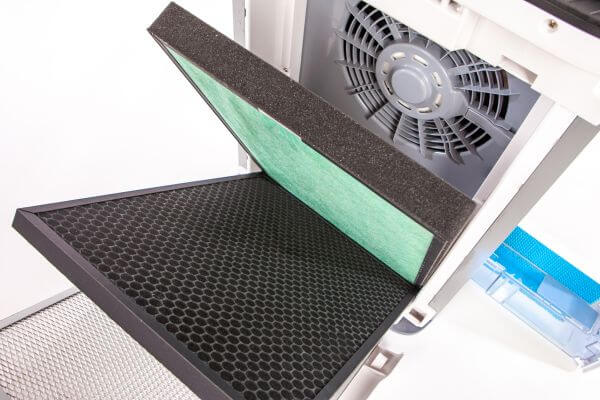It is hard to imagine living through a hot summer without air conditioning. That does not mean, however, that central air conditioning is without drawbacks.
The case for healthy alternatives to air conditioners
First, you have to deal with the high power bills. Then there are the health risks that come with HVAC units. Air conditioners can suck all humidity from a room. In some cases, air conditioners recirculate air from one room to another which can lead to the spread of microbes and therefore, air-borne diseases.
To top it all off, poor maintenance of HVAC systems can also lead to respiratory illnesses. For example, when dust and moisture accumulate in the ducts of an HVAC system, the air that comes from the HVAC becomes tainted with dust and mold. Moreover, when a homeowner does not change the filters in the HVAC, the filters will continue to spread harmful particles in the circulated air.
That is why the search is on for a healthy, affordable alternative to traditional HVAC units.
Healthy cooling options
Traditional air conditioners cool the house by passing warm air over the indoor unit, which contains refrigerant. The refrigerant absorbs heat from the air, effectively cooling it. The now-cooled air is then pumped into the home through the ducts.
Here are some ways to cool your home without exposing your household to the health risks associated with central air.
1. Ductless air conditioners
Also known as mini-split A/Cs, these air conditioners eliminate the health risks that come with poorly maintained air ducts. Ductless A/Cs is made up of an outdoor unit or compressor, and a small indoor unit that mounts to a wall in the room the A/C is meant to cool.
The indoor unit cools the air and pumps it right into the room. When a different room needs cooling, an additional indoor unit must be present in the second room and connected to the outdoor unit.
Since a central cooling unit does not distribute cool through air ducts, the power bill becomes significantly reduced. Also, the quality of the air pumped from a mini-split A/C is healthy since dust does not collect in the ducts.
The downside of a ductless A/C system is the high initial cost of buying and installing multiple indoor units.
2. Alternative cooling methods
You can cool your home by making some changes in the design of the house. Here are some examples of such adjustments:
- Some houses are designed to enhance airflow. By opening windows in different rooms, air can flow through the house and carry away the heat
- Some old houses have chimneys that allow hot air to flow from the house. The raising of hot air creates convection in the house, causing air to circulate and lowering the temperature
- Buy a swamp cooler if the home is in a region with low humidity. Swamp coolers pass warm air over pads soaked with water, effectively cooling the air. Because swamp coolers need a supply of warm air, the windows must be left slightly open. This results in cool, fresh air circulating in the home
- Invest in awnings and solar-blocking coatings for the windows. They stop direct sunlight from heating the home
- When designing a home, have large porches to keep the sun from the rest of the house. Allow for air circulation in the home's design and plant trees to shield the house from the summer heat
Know when to call an expert
Some homes never seem to cool down. You run the A/C for ages but still sit in the sweltering heat. If this is the case, then you should contact a professional to check your home’s air conditioning system.
Are you considering air conditioning services in the Abilene area? Get more air conditioning information at https://www.bevillstexas.com.


